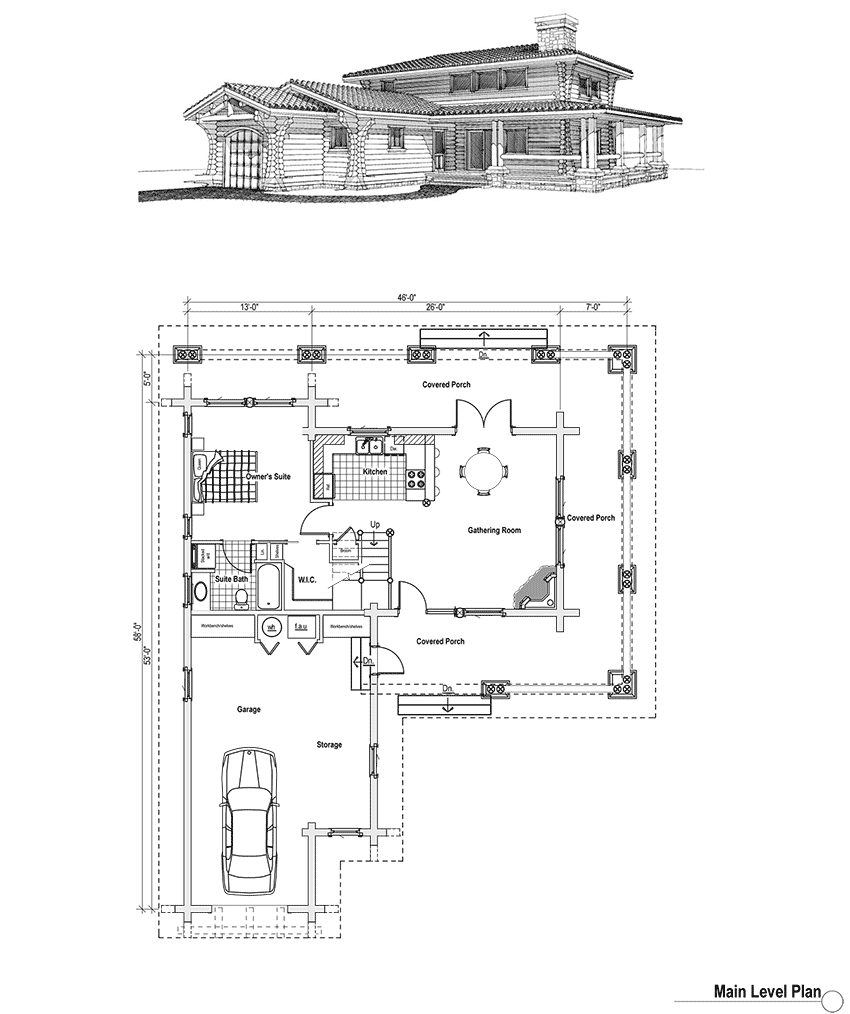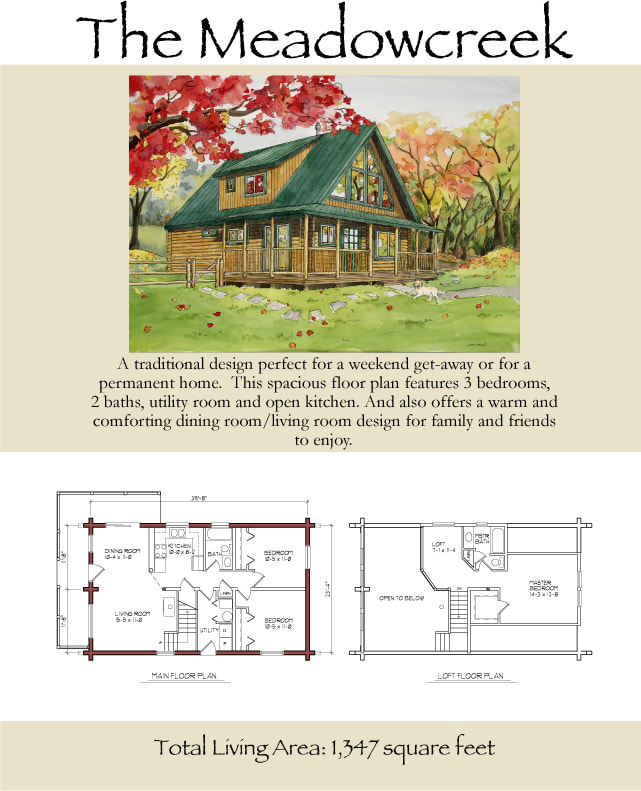
Most of the settlers were actually Forest Finns, a heavily oppressed Finnish ethnic group originally from Savonia and Tavastia, who starting from the 1500s were displaced or persuaded to go inhabit and practice slash and burn agriculture (which they were famous for in eastern Finland) in the deep forests of inland Sweden and Norway, during Sweden's 600+ year colonial rule over Finland, who since 1640 were being captured and displaced to the colony. Historians believe that the first log cabins built in North America were in the Swedish colony of Nya Sverige ( New Sweden) in the Delaware River and Brandywine River valleys. In the present-day United States, settlers may have first constructed log cabins by 1640. Nails would soon be out of alignment and torn out.Ĭ. This is because a log cabin tends to compress slightly as it settles, over a few months or years. Log cabins are mostly constructed without the use of nails and thus derive their stability from simple stacking, with only a few dowel joints for reinforcement. Modern log cabins often feature fiberglass insulation and are sold as prefabricated kits machined in a factory, rather than hand-built in the field like ancient log cabins. Today, construction of modern log cabins as leisure homes is a fully developed industry in Finland and Sweden. Many older towns in Northern Scandinavia have been built exclusively out of log houses, which have been decorated by board paneling and wood cuttings. As no chemical reaction is involved, such as hardening of mortar, a log cabin can be erected in any weather or season. With suitable tools, a log cabin can be erected from scratch in days by a family. Log construction was especially suited to Scandinavia, where straight, tall tree trunks ( pine and spruce) are readily available.

The Marshal's Cabin, a hunting lodge of Marshal Mannerheim in Loppi, Finland The Wood Museum in Trondheim, Norway, displays fourteen different traditional profiles, but a basic form of log construction was used all over North Europe and Asia and later imported to America. It was also common to replace individual logs damaged by dry rot as necessary. Nevertheless, a medieval log cabin was considered movable property (a chattel house), as evidenced by the relocation of Espåby village in 1557: the buildings were simply disassembled, transported to a new location and reassembled.

Over the decades, increasingly complex joints were developed to ensure more weather tight joints between the logs, but the profiles were still largely based on the round log. The insulating properties of the solid wood were a great advantage over a timber frame construction covered with animal skins, felt, boards or shingles. As the original coniferous forest extended over the coldest parts of the world, there was a prime need to keep these cabins warm. They developed interlocking corners by notching the logs at the ends, resulting in strong structures that were easier to make weather-tight by inserting moss or other soft material into the joints. Log saunas or bathhouses of this type are still found in rural Finland.īy stacking tree trunks one on top of another and overlapping the logs at the corners, people made the "log cabin". a small gabled-roof cabin of round logs with an opening in the roof to vent smoke, to more sophisticated squared logs with interlocking double-notch joints, the timber extending beyond the corners. Their log building had undergone an evolutionary process from the crude "pirtti".

accomplished in building several forms of log housing, having different methods of corner timbering, and they utilized both round and hewn logs. Those seeking a smaller, more intimate scale will find a variety of two- and three-bedroom log cabin house plans that are perfect for affordable weekend getaway homes. Their open sunlit floor plans are ideal for grand-scale entertaining with great rooms, kitchens, and dining rooms that open on to each other for casual traffic flow. Centuries away from the simple one-room log cabin house plans and dogtrots that inspired this design, today's multi-level log houses often feature view-capturing walls of windows, elaborate decks, vaulted ceilings, skylights, and massive stone fireplaces. Typically constructed of cypress, fir, or cedar timbers, contemporary log house designs are rooted in the beauty of nature and the charm of old fashioned craftsmanship. Ruggedly handsome and uniquely American, rough-hewn log home plans bring woodsy frontier style to mountaintop, lakeside, or riverfront vacation houses. Honest and authentic, log cabin house plans provide a welcome change of pace for rustic resort-style living.


 0 kommentar(er)
0 kommentar(er)
